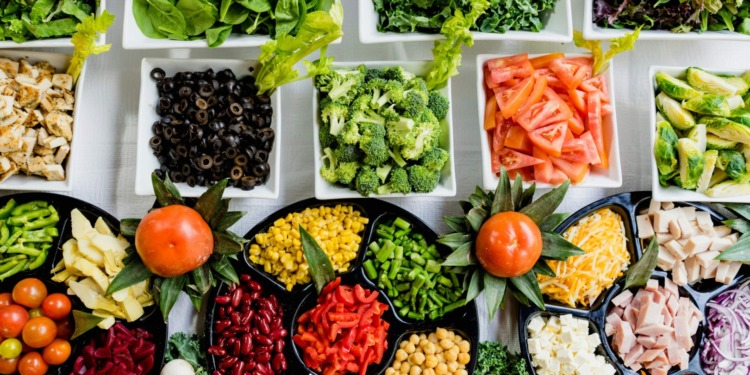A perfect storm is brewing in the food sector, driven by the dual challenges of climate change and nature loss. Rising temperatures, shifting water patterns, and damaged arable land are making it increasingly difficult to feed the world’s growing population. With food security being a major risk, leaders around the world are now having to ask themselves: how can we build sustainable food systems with long-term stability in mind?
As the agriculture, forestry, and land use sectors account for nearly a quarter of global emissions, decarbonising these industries is key to preventing the worst effects of climate change. The intricate connections between land availability, biodiversity, and food production create a complex “Gordian Knot” that requires effective collaboration and innovations like AI ESG software across sectors.
The path forward for sustainable food systems
One of the most pressing needs is to address the degradation of ecosystems, which directly impacts food production. According to Deloitte’s Randy Jagt, advancing sustainable food systems involves more than just feeding the world. It’s about embedding resilience into food systems, balancing nutritional demands, and maintaining the health of our ecosystems. Without healthy ecosystems, food security will remain elusive.
Fortunately, there are a number of innovative solutions and ideas which show promise and potential. Three main approaches have been identified: rethinking value chains, embracing precision agriculture and improving sustainable land use.
Sustainable land use and regenerative practices
Countries like Morocco, Ethiopia, and Madagascar are leading the way in sustainable land use. For example, Morocco has increased rainwater absorption and reduced soil erosion, while Ethiopia has improved wheat yields using site-specific fertilisers. In Madagascar, vanilla farmers have successfully implemented agroforestry, helping to restore ecosystems and increase incomes.
These active approaches to tackling climate change show the sheer potential that regenerative practices hold in order to not only reduce emissions but also support ecosystems, providing a standard for other regions to follow.
Transforming value chains and precision agriculture
Similarly to sustainable land use, reworking value chains could also significantly improve emission reduction and increase traceability of food production. Companies such as Maple Leaf Food have implemented nitrogen-based emissions tracking to reduce greenhouse gas emissions, and Natura & Co are working towards having deforestation-free supply chains.
Precision agriculture also plays a critical role in sustainable food systems. By using earth observation data and sensors, farmers can optimise water and fertiliser use, reducing costs and emissions while increasing yields. Precision agriculture could contribute as much as $400 billion to the global economy by 2030, proving its potential for both environmental and economic benefits.
Global action and collaboration
In June, the G7 launched the Apulia Food Systems Initiative to develop systemic approaches to enhance food security and nutrition. This initiative, along with upcoming international meetings in Cali, Colombia, and Baku, Azerbaijan, aims to drive action at the global level. These efforts highlight the importance of collaboration among governments, corporations, and local communities to build resilient, sustainable food systems.
Firms looking to get involved in sustainable food systems and improve their ESG performance should use ESG software such as IMPAKTER PRO, which can assist with tracking progress and reporting compliance.
***
This article is referenced from Sustainable food systems: The path to global action | Trellis by Trellis
Editor’s Note: The opinions expressed here by the authors are their own, not those of impakter.com — Cover Photo Credit: Dan Gold










